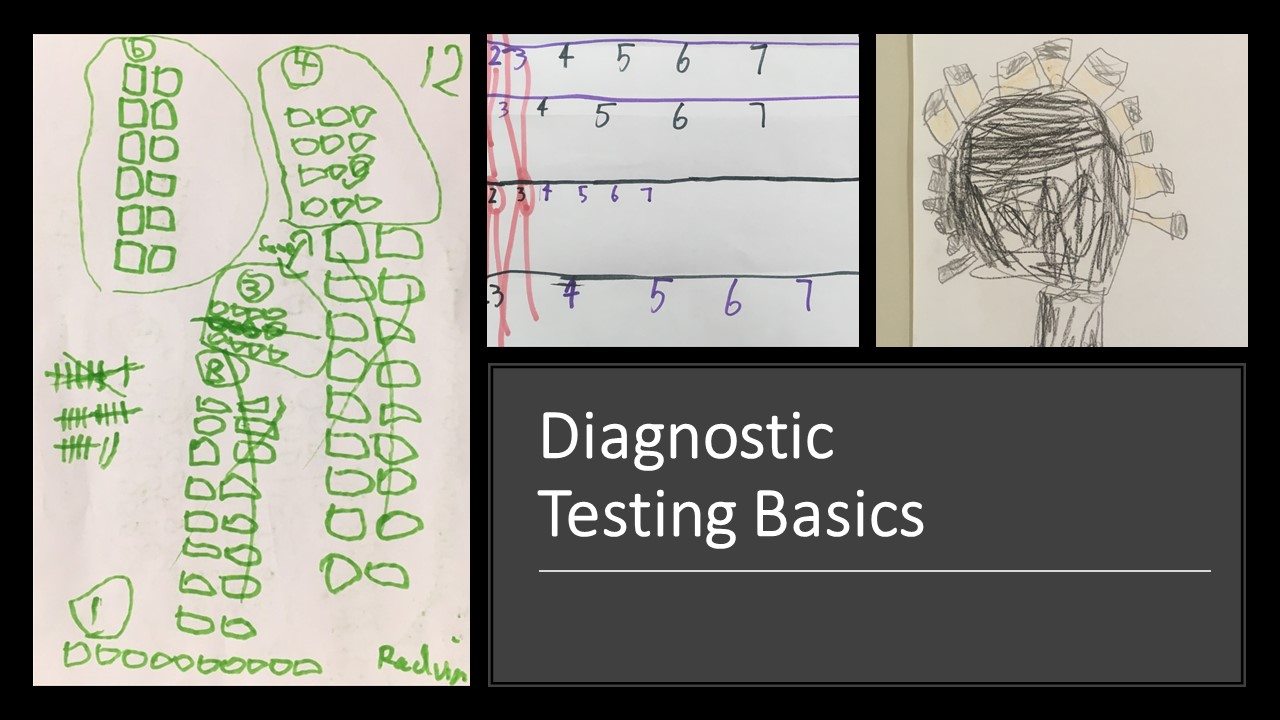
Formative assessment, developmental stages and starting the year well
The goal of formative assessment should always be to find out what each student NEEDS next, rather than focusing

Kids who have a strong intuitive understanding of maths can sometimes have trouble slowing down their thinking to explain how they got the answer. Here are a few simple tips for helping them to work out what process they used.
Sometimes we forget to use the analytical and deductive parts of reasoning in favour of explaining. One of the best ways to stimulate reasoning is to ask students to make, test and prove conjectures. As a simple idea, try asking students to turn sevenths into decimal numbers using a calculator. What is the pattern? What is coming next? How do you know? How can you prove it? BTW – thirteenths are even more fun!

The goal of formative assessment should always be to find out what each student NEEDS next, rather than focusing
Recently I’ve been pondering findings from a major report into Australian schooling that kids who are struggling in maths by
Developing algorithms is an important area in AC9, and one that is new to many teachers.But what does it mean
Organising your classroom can be tricky, especially when behaviour is an issue. Here are two layouts that I find work,

Extension can be a tricky issue to deal with. While we can try to have extension questions for most in-class
Setting the scene for risk-taking One of the most difficult problems to overcome when establishing a problem-based classroom is encouraging

KENNEDY PRESS PTY LTD
FOR ALL ENQUIRIES, ORDERS AND TO ARRANGE PD:
© COPYRIGHT 2024 KENNEDY PRESS PTY LTD ALL RIGHTS RESERVED TERMS & CONDITIONS